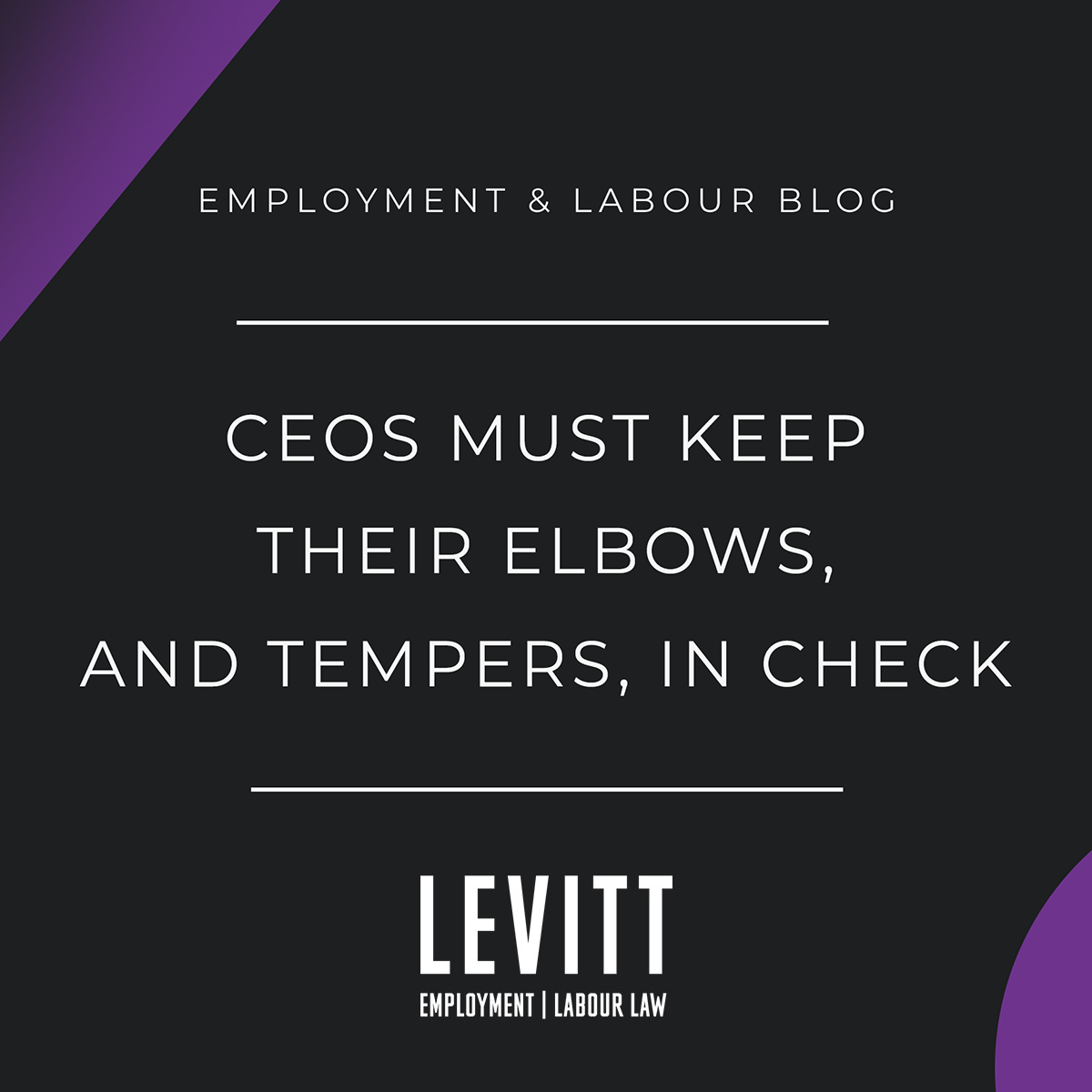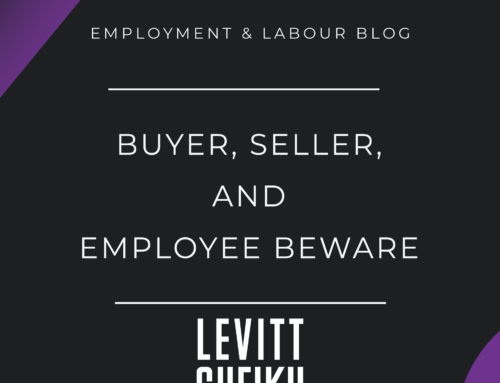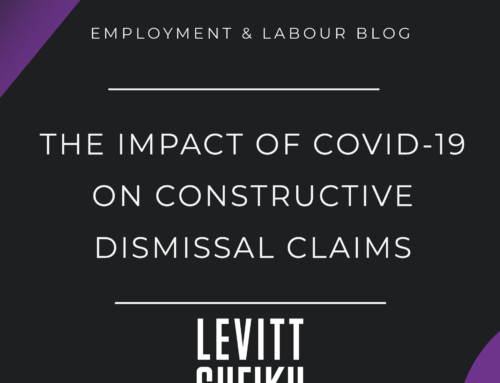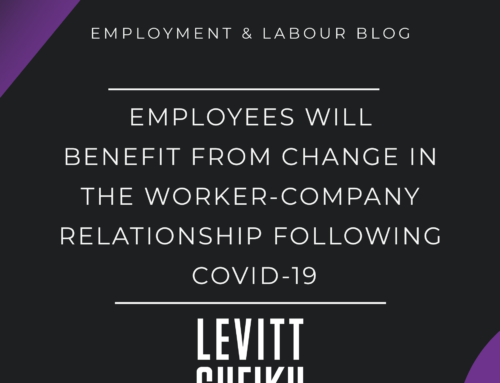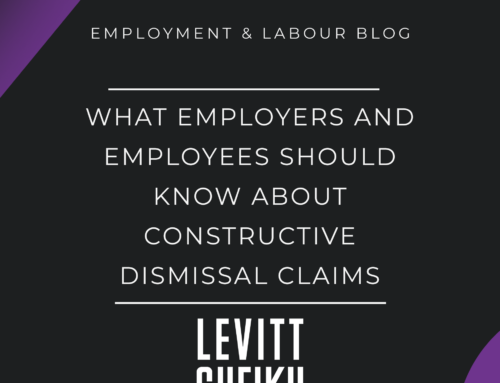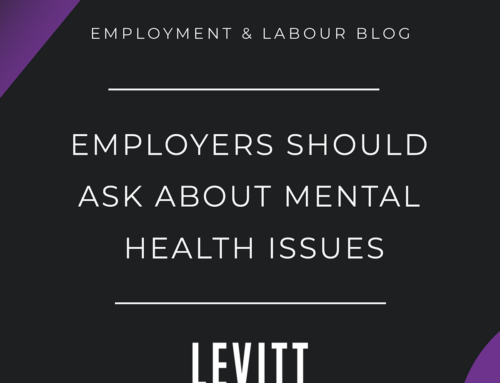Your CEO, while upset, grabs a subordinate, and drags him (much worse if it’s a her) across a room. What would the consequences be? No question, she or he would be fired for cause. What if, in the course of the initial assault, the CEO yelled at others to “get the f— out of the way” and, while pushing the subordinate through the fray, elbowed another subordinate, even inadvertently? Well, they cannot be fired twice, but the penalty would be the same.
All the chatter about whether Ruth Ellen Brosseau deliberately made the blow appear more egregious, is besides the point. The Prime Minister’s physically impetuous behaviour made his elbowing someone, if not inevitable, at least a foreseeable result of his conduct.
But the political arena isn’t the workplace and elected officials aren’t employees.
A CEO would be culpable in the eyes of employment law if he engaged in similar behaviour. And it is, at law, a battery. Senior executives enjoy the best and worst of employment law. They are entitled, by their status, to greater severance than more junior employees. But they also are held to higher standards of conduct. Any behaviour incompatible with their role, whether it be dishonesty, or a lack of probity or decorum, can be cause for discharge in contexts where it would not be for more junior employees.
In the workplace, generally anything that breaches the trust requisite for the relationship of employer and chief executive is cause for discharge. As well, conduct that seriously jeopardizes the employer’s brand will similarly lead to dismissal for cause. That is the real reason Jian Ghomeshi would have no case if he sued his employer. Although not a CEO, his position was one that would reflect on the image (and listenership) of the CBC.
Increasingly employers have been discharging employees for brand damaging antics revealed through social media. The higher the rank, the more likely the cause for discharge.
In a case I won earlier this year, a relatively low level manager was treated insubordinately by a subordinate. He responded by grabbing the subordinate’s shirt and pulling his fist back as if to punch him. It was quickly broken up and that was the end of it. But it was sufficient for a court to consider it cause for the discharge of this long-service employee.
The standard set for CEOs — the business equivalent of the Prime Minister — is dramatically higher, and the offence need not be as severe for it to be legal cause for discharge without severance.
Another aspect of the parliament fracas that has employment law overtones was Justin Trudeau’s apology. Apologies interplay with many aspects of the law as devices of amelioration. Whether it be apologizing to a co-worker for what was perceived to be sexual harassment, as was the case with Ghomeshi, or to an employer for workplace misconduct, a rapid apology can provide reason to believe the offence won’t reoccur and turn a dismissal with cause into a wrongful dismissal.
We have been treated lately to the “non-apology apology” of both Ghomeshi and the CBC, which, while using the word “apologize,” spent the time extolling their own virtues, prudence and rehabilitation. No victim would take solace from that.
Trudeau’s non apology apology was of a different sort. While focusing on the higher standards he purportedly sets for himself, he implicitly suggested that by normal standards what he did was not that egregious and emphasized to the world that he purportedly has higher personal standards than most.
Apologies are not a game. The courts and human rights tribunals may not have any window into your soul and true intent but they can discern whether the apology is an adequate balm, whether it bespeaks rehabilitation and whether it focuses more on the victim’s potential injury than the speaker’s purportedly rehabilitated character.

